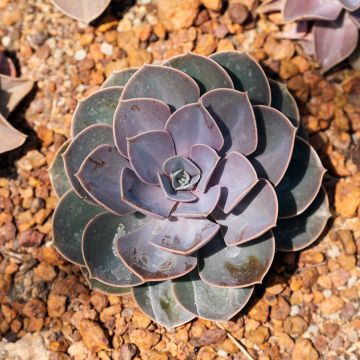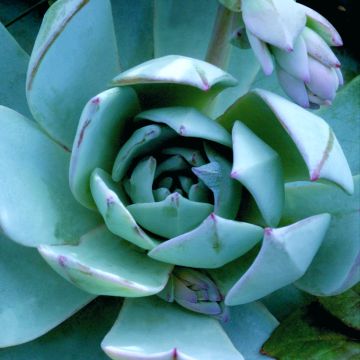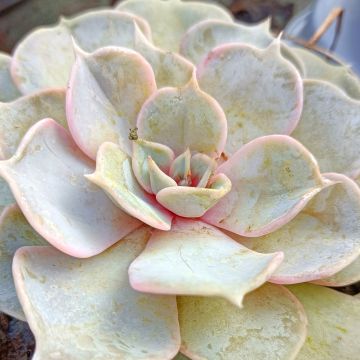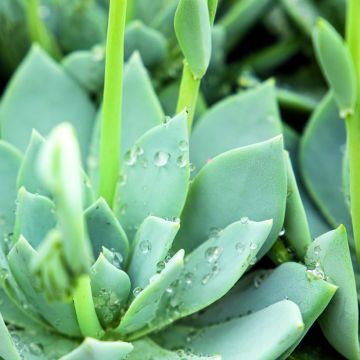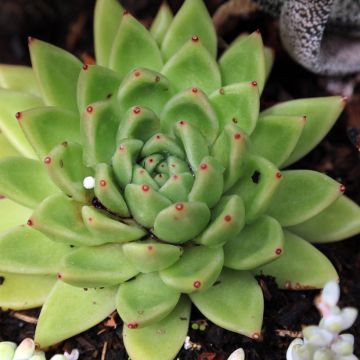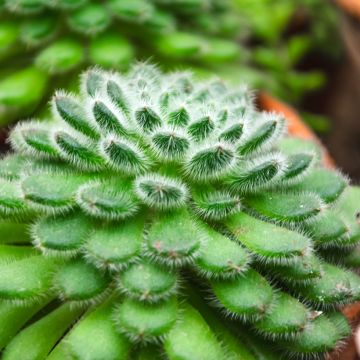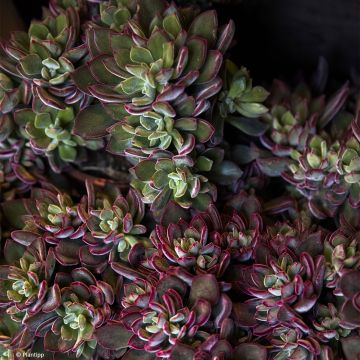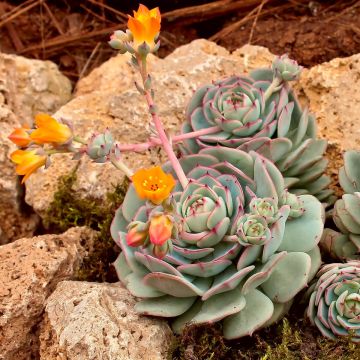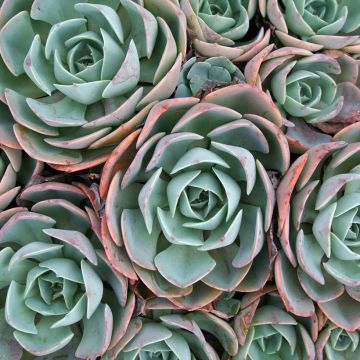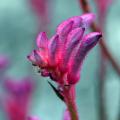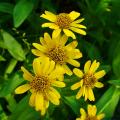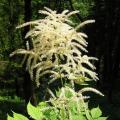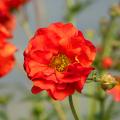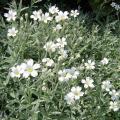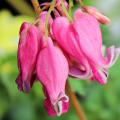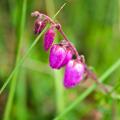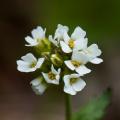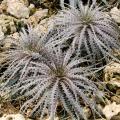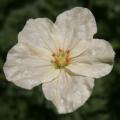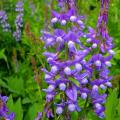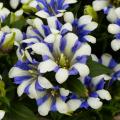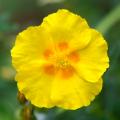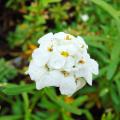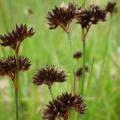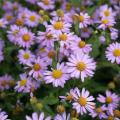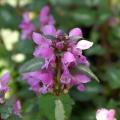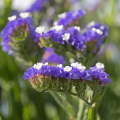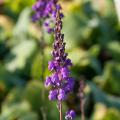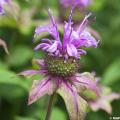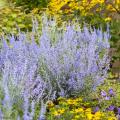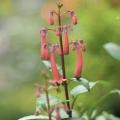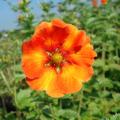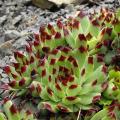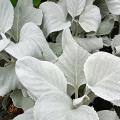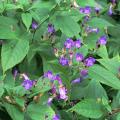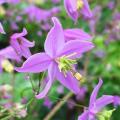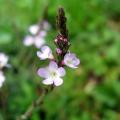Echeveria
Does this plant fit my garden? Set up your Plantfit profile →
Available in 1 sizes
Available in 1 sizes
Available in 1 sizes
Available in 1 sizes
Available in 1 sizes
Available in 1 sizes
Available in 1 sizes
Available in 1 sizes
Available in 1 sizes
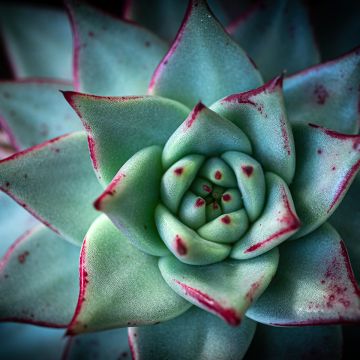
Available in 1 sizes
The Echeveria is a succulent plant of the Crassulaceae family with rosette-shaped foliage that possesses a great charm. The genus Echeveria includes about 150 succulent species native to Mexico and South America, as well as numerous varieties and hybrids. They all charm with their various colours and the shape of their rosettes. Native to dry and semi-desert areas, these perennial groundcovers do not withstand our cold and humid winters well. However, they make excellent subjects for pot decoration, or even dry rock gardens near the sea. The thick leaves of the Echeveria display colours ranging from green to bluish and grey, to purple (in the Devotion hybrid, for example), mauve (Perle von Nurnberg), red, or almost black, as in the surprising 'Ebony'. Some varieties are villous, while others have a waxy layer or a fine down on their leaves. The Echeveria blooms in summer, with small solitary or clustered bell-shaped flowers in shades of red, orange, yellow, or white. The flowers are borne on variable-length stems, extending well beyond the vegetation or nestled in the foliage. Very drought-tolerant, the Echevaria thrives with a few waterings in summer. This plant tolerates little frost (up to -5 °C) and is mainly cultivated in pots that are stored indoors, protected from frost, from late autumn onwards. To accompany the Echeveria, consider, for example, Delospermas, which appreciate the same environments. Also, mix it with other succulent plants like sempervivums, for instance.
Haven't found what you were looking for?







































